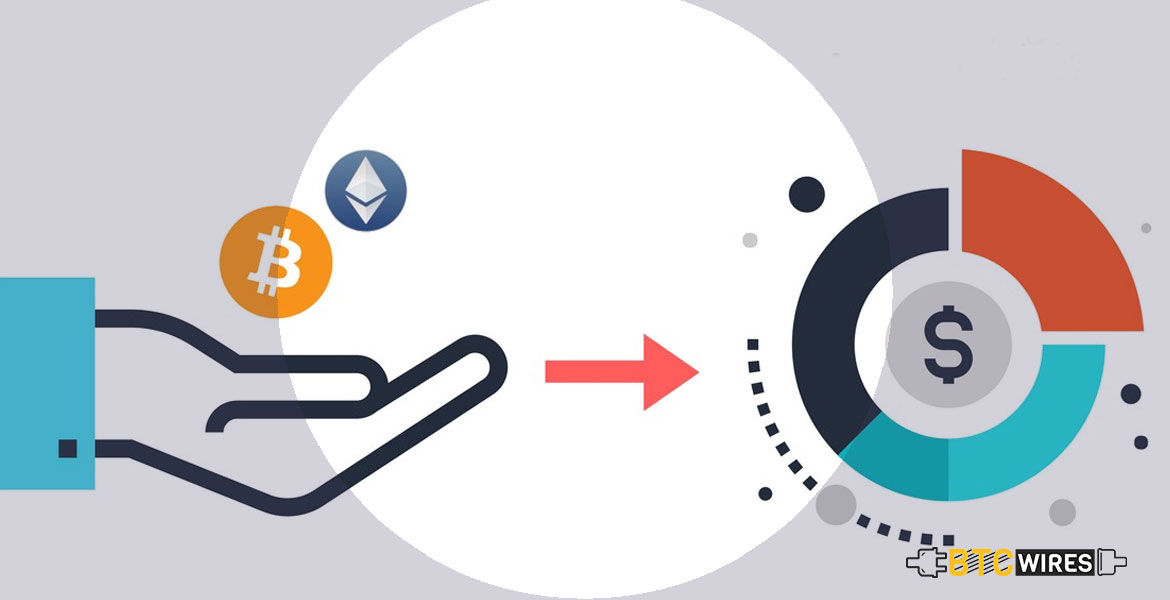With the recent spate of ICO scams that have been

With the recent spate of ICO scams that have been plaguing the crypto world, it is no wonder that the investors are wary about these initial coin offerings. Although Google Chrome has released a tool to flag possibly fraudulent ICOs and there are other ways to make sure an investor doesn’t throw his money down the drain. Here are 10 steps to analysing ICOs so that you invest well:
1. Comparing ICOs:
It is imperative to compare various ICOs before making a choice. There are many ICOs that are often very similar to one another and it would serve an investor well to know how the product of one ICO compares to that of others. This gives one an idea of how much worth one can expect from that project.
2. Background Check of Team Members:
Usually, a lot of ICOs do include profiles of team members, including their LinkedIn handles. Running a background check on these people can help because this adds a degree of credibility. If the team members have a strong professional background, it indicates that the given ICO might possibly be a legitimate project.
3. Product Presentation:
How the ICO product is pitched says a lot about the potential of the project and the seriousness of the company helming it. Reading the whitepaper thoroughly is imperative as this gives the investor an understanding of what he’s putting his money into.
4. Checking the MVP:
MVP or Minimum Viable Product refers to a prototype of the product that has the minimum number of features which are required to fulfill the primary needs of a consumer. An open source code also helps in understanding if the product is of any use. In addition, checking the open source code also helps in finding out how well-built it is. If one is not a developer themselves, it would be worthwhile to seek the opinion of an expert.
5. Checking Social Media Handles of The New Project:
Usually, new ICOs have a significant presence on social media like Facebook, Twitter and blogging site Medium. Checking their posts and activities on these forums as well as their activities on forums such as GitHub can also give investors a good idea about how well the ICO is expected to fare.
6. Expert Opinions:
It would also be beneficial to check out what the crypto and blockchain experts have been saying about a new ICO. Taking a stock of the general attitude towards a new project can be a good guide to choosing and analysing an ICO.
7. Goals:
Projects that clearly define what they seek to achieve during both short and long-term periods, and lay down how much funds they are trying to raise and what plan or strategy they will follow in order to achieve goals, are usually more reliable than ICOs who do not.
8. Robustness of the Market:
Since the ICO industry has very few regulations, it is highly likely the market will rapidly change at any point. In such a scenario, any product that is flexible and adaptive enough to change with the market would be more worthy of making an investment and it is important to figure out how adaptive it is.
9. VC Investment:
Often, Venture Capital firms invest in ICOs pretty early on. If a project has been backed by reputed VC firms, like Fenbushi, for example, it would reflect the ICO’s positive potential.
10. Comparing the caps of ICOs :
Some ICOs have a hard cap while many have an open cap. Having an open cap means having a higher number of tokens circulating in the market, which drives down prices by increasing supply. On the other hand, having an extremely low hard cap is also not useful as a sufficient amount of interest must exist for a project to he successful.
There are many pros and cons of investing in ICOs but with these steps in mind, users should be able to reap the benevies.

